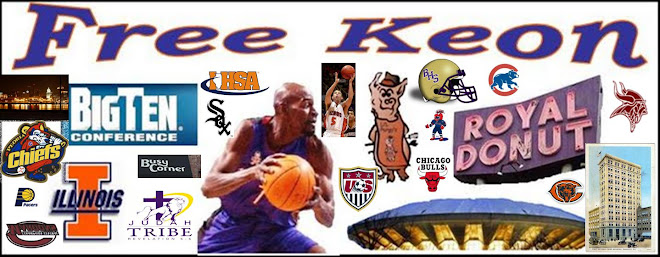Slammin’ Sam on Sports Media
Late last week, Tim Redding had people chattering about baseball’s most famous home run number. Out of the blue, Redding claimed that former teammate, Mike Bacsik, surrendered No. 756 to Barry Bonds on purpose. That way, Redding said, Bacsik would forever be linked to history. Bacsik claims this accusation is ridiculous.
This week, Slammin’ Sam on Sports Media looks back at baseball’s most famous home run, “The Shot Heard ‘Round the World.” The blast is the subject of Brian Biegel’s 2009 book, “Miracle Ball.”
Unlike with Redding’s misgivings, there’s no need to question the intent of hurler Ralph Branca’s 1951 offering. Branca faced Bobby Thomson with a pennant tie-breaker hanging in the balance. Already the Giants had forged quite the comeback against the Dodgers – The New York Giants trailed Brooklyn by 13 ½ games in late August, but they were not about to give in. Fitting then, that Thomson’s Giants mounted one last comeback at Brooklyn’s expense – The Bums held a 4-1 advantage in the bottom of the ninth until Branca gave up Thomson’s home run on an 0-1 pitch.
Many times we’ve seen the play and listened to Russ Hodges respond in delirium, “The Giants win the pennant, the Giants win the pennant.” Yet one of the key elements of the play, the ball, has done its best to stay out of the spotlight. Biegel decided to put the focus back on the elusive ball in his writing.
You see, the author’s dad, Jack, was on the scene for that game on Oct. 3, 1951. He held on to the memory until a distinct flashback 40 years later. As the manager of Salvation Army thrift stores, he certainly passed his days going through plenty of humdrum items. One day a baseball came through that did not fit the status quo. Not at all. The ball bore the signatures of any number of Giants, including Thomson. Unsure about the baseball’s significance but confident enough that this could be a fateful break, Biegel bought the ball for $2.
Fast forward more than a decade. The ball was all but forgotten. Until, that is, Jack Biegel spotted an auctioneer’s ad offering $1 million for the authenticated ball. Now the real work began – convincing the public that his was indeed “the” ball.
To do that, Brian Biegel enveloped himself in “Field of Dreams” like fervor and embarked on a journey similar to Ray Kinsella’s.
Along the way, Biegel encountered a cast of characters akin to the Kevin Costner film. While Kinsella and his wife staved off foreclosure threats, Biegel fought against the depression he found himself in even before the search started. His quest left him wanting, more often than not.
How did the primary remnant from one of sports’ most famous moments disappear? How did the “Shot” ball that accounted for front-page coverage, near a story about a possible Soviet nuclear attack, vanish?
Biegel’s first stop in solving this mystery was a logical one – the baseball hall of fame. There the author ran into Thomson’s girlfriend, which led to an interview with Thomson himself. The slugger had his doubts about Biegel’s ownership, but why should the author trust the baseball great’s memory about specific details from 50 years earlier? The quest continued.
Biegel went on to visit with the son of the former Giants’ clubhouse manager. If anybody knew the details, it would be someone tied to that position. Clubhouse managers know just about everything, and nobody works harder. No luck there, but Biegel couldn’t give up. Time to return to Baker Street, in a manner of speaking, to brush up on his detective skills.
Who would have guessed that his sleuthing directed him to a convent of all places? But that’s where Biegel found himself, with a revelation that spoke volumes to his spirit.
If you enjoyed “Field of Dreams,” you gotta catch “Miracle Ball.”
Sam Miller/Free Keon
Tuesday, February 2, 2010
Subscribe to:
Post Comments (Atom)


![Validate my Atom 1.0 feed [Valid Atom 1.0]](valid-atom.png)
No comments:
Post a Comment